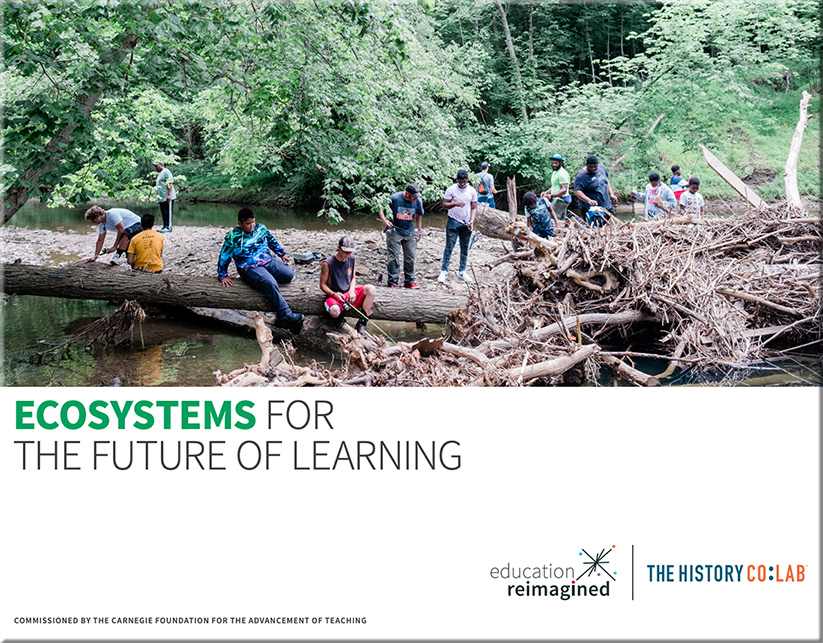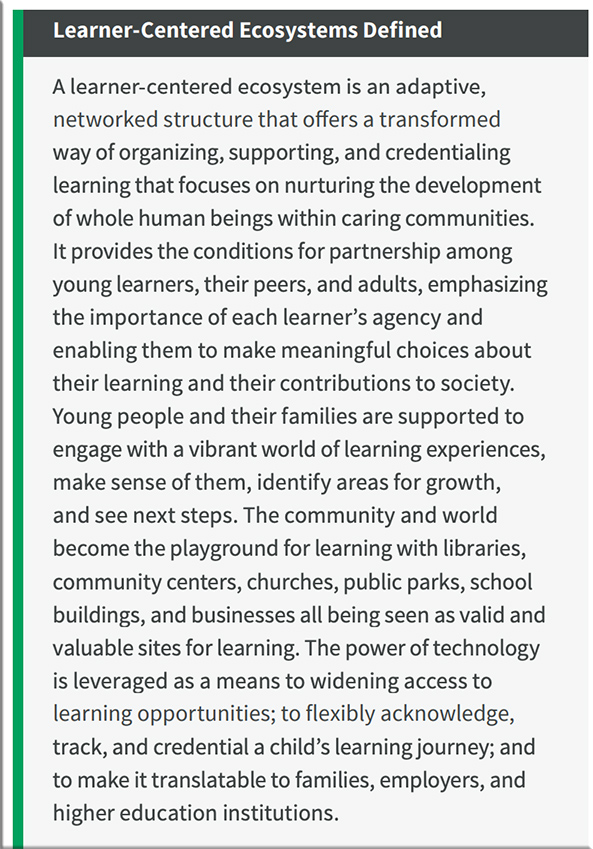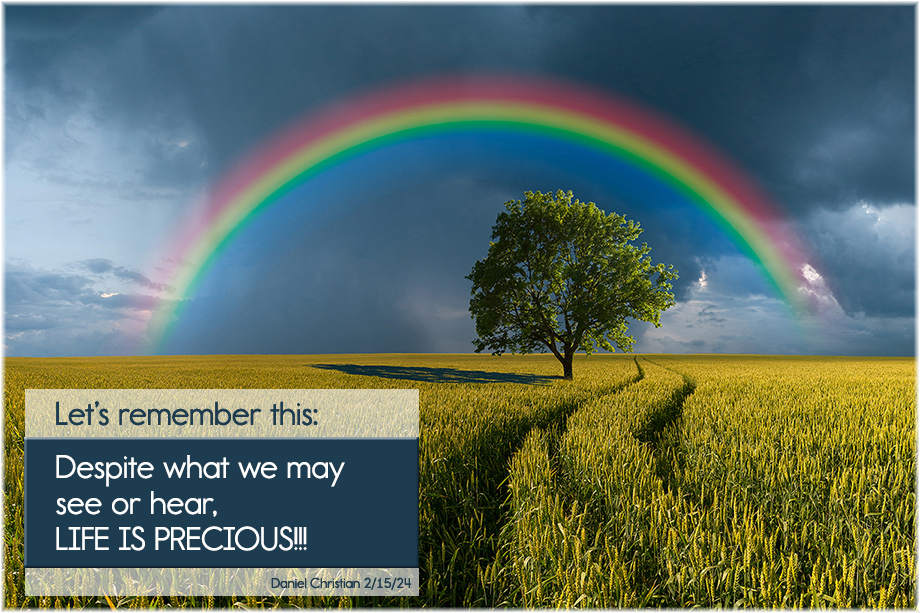Below are some items for those creatives who might be interested in telling stories, designing games, crafting audio-based experiences, composing music, developing new worlds using 3D graphics, and more.
CREATING THE SOUNDS OF LIGHTFALL — from bungie.net; via Mr. Robert Bender
The sounds of any game can make or break the experience for its players. Many of our favorite adventures come roaring back into our minds when we hear a familiar melody, or maybe it’s a special sound effect that reminds us of our time performing a particularly heroic feat… or the time we just caused some havoc with friends. With Lightfall sending Guardians to explore the new destination of Neomuna, there’s an entire universe hidden away within the sounds—both orchestral and diegetic—for Guardians to uncover and immerse themselves in. We recently assembled some of Destiny’s finest sound designers and composers to dive a little bit deeper into the stunning depths of Neomuna’s auditory experience.
Before diving into the interview with our incredible team, we wanted to make sure you have seen the Lightfall music documentary that went out shortly after the expansion’s release. This short video is a great introduction to how our team worked to create the music of Lightfall and is a must-see for audiophiles and Destiny fans alike.
.
.
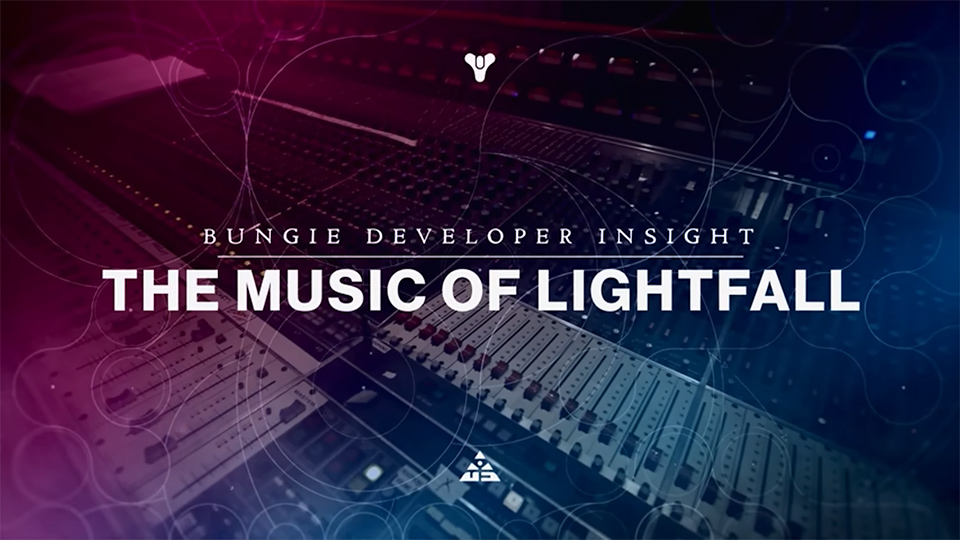
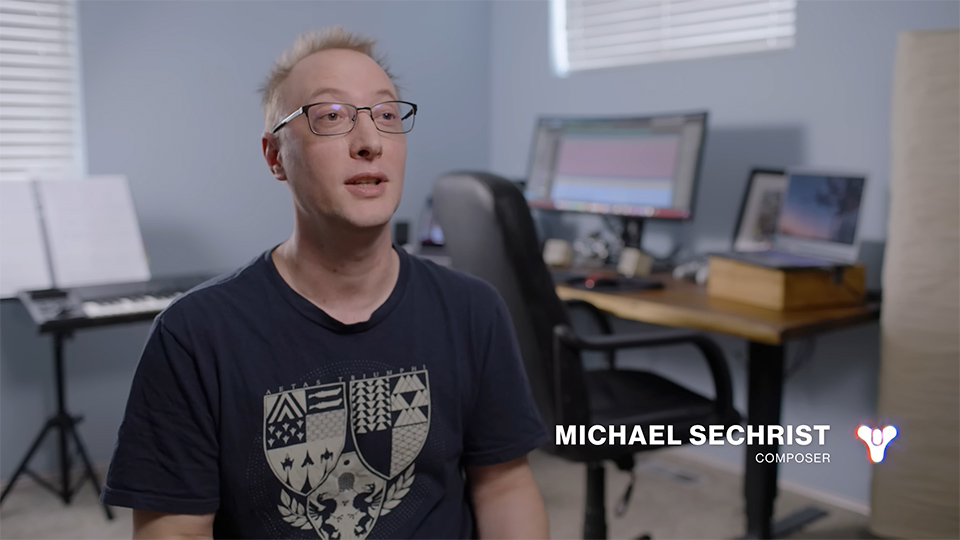
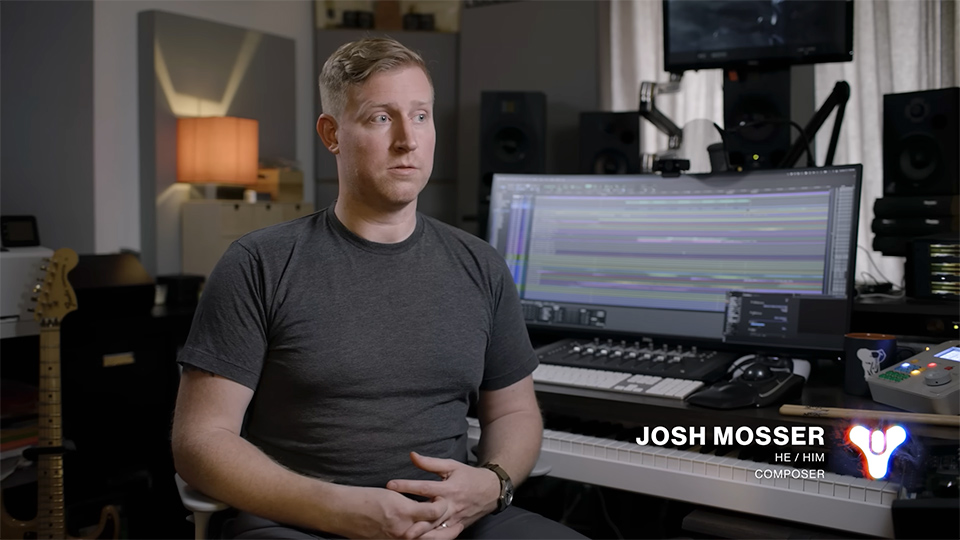

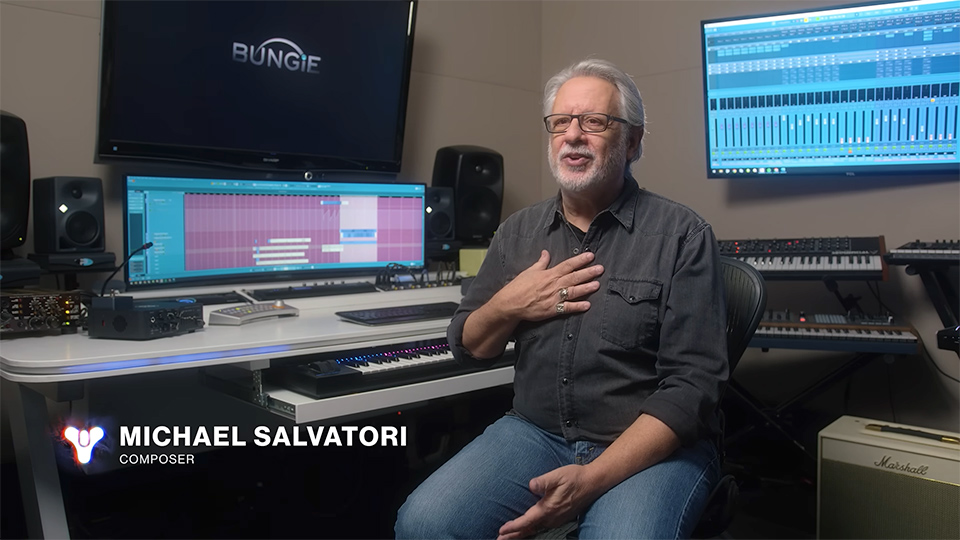
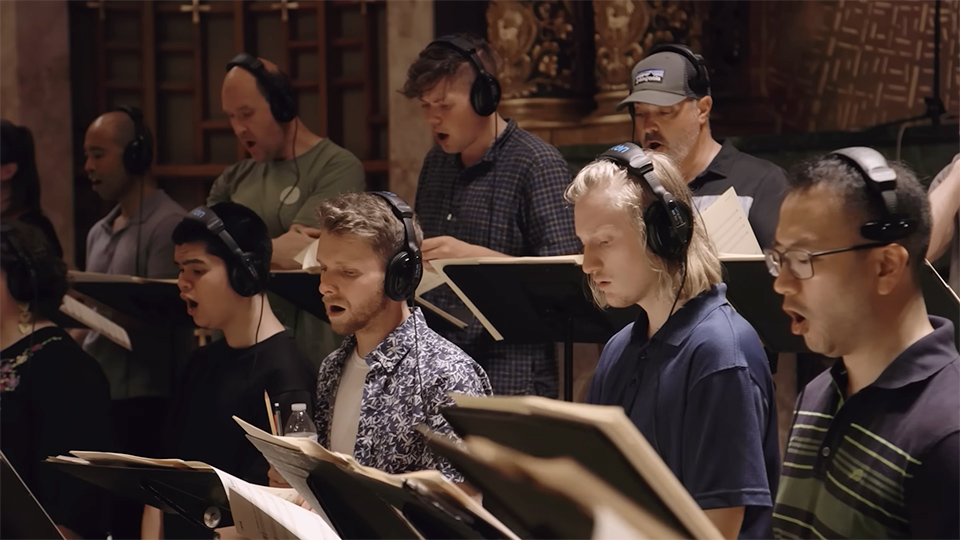

Game Dev Diaries: The Hidden World of Audio — from lianaruppert.medium.com by Liana Ruppert, via Mr. Robert Bender
Every game has a story to tell, a journey to take players through that — if done well — can inspire wonderful memories that last a lifetime. Unlike other storytelling mediums, the art of video games is an intricate interweaving of experiences, including psychological cues that are designed to entrance players and make them feel like they’re a part of the story. One way this is achieved is through the art of audio. And no, we aren’t just talking about the many incredible soundtracks out there, we’re talking about the oftentimes overlooked universe of audio design.
…
What does an audio designer do?
“Number one? We don’t work on music. That’s a thing almost everyone thinks every audio designer does,” jokes Nyte when opening up about beginning her quest into the audio world. “That, or for a game like Destiny, people just assume we only work on weapon sounds and nothing else. Which, [Juan] Uribe does, but a lot of us don’t. There is this entire gamut of other sounds that are in-game that people don’t really notice. Some do, and that’s always cool, but audio is about all sounds coming together for a ‘whole’ audio experience.”
Also relevant/see:
The New Stack of Entertainment, Tensions of the AI Age, & Navigating Cambrian Explosions — from implications.com by Scott Belsky
Let’s explore some fun albeit heretical Hollywood possibilities, face key tensions, and talk about how to stay grounded with customer needs.
On the Transformation of Entertainment
What company will be the Pixar of the AI era? What talent agency will be the CAA of the AI era? How fast can the entertainment industry evolve to natively leverage AI, and what parts will be disrupted by the industry’s own ambivalence? Or are all of these questions myopic…and should we anticipate a wave of entirely new categories of entertainment?
We are starting to see material adoption of AI tools across many industries, including media and entertainment. No doubt, these tools will transform the processes behind generating content. But what entirely new genres of content might emerge? The platform shift to AI-based workflows might give rise to entirely new types of companies that transform entertainment as we know it – from actor representation, Hollywood economics, consumption devices and experiences, to the actual mediums of entertainment themselves. Let’s explore just a few of the more edgy implications:
Immersive virtual reality tackles depression stigma says study — from inavateonthenet.net
A new study from the University of Tokyo has highlighted the positive effect that immersive virtual reality experiences have for depression anti-stigma and knowledge interventions compared to traditional video.
…
The study found that depression knowledge improved for both interventions, however, only the immersive VR intervention reduced stigma. The VR-powered intervention saw depression knowledge score positively associated with a neural response in the brain that is indicative of empathetic concern. The traditional video intervention saw the inverse, with participants demonstrating a brain-response which suggests a distress-related response.
From DSC:
This study makes me wonder why we haven’t heard of more VR-based uses in diversity training. I’m surprised we haven’t heard of situations where we are put in someone else’s mocassins so to speak. We could have a lot more empathy for someone — and better understand their situation — if we were to experience life as others might experience it. In the process, we would likely uncover some hidden biases that we have.
Addendum on 3/12/24:
Augmented reality provides benefit for Parkinson’s physical therapy — from inavateonthenet.net
How a Hollywood Director Uses AI to Make Movies — from every.to by Dan Shipper
Dave Clarke shows us the future of AI filmmaking
Dave told me that he couldn’t have made Borrowing Time without AI—it’s an expensive project that traditional Hollywood studios would never bankroll. But after Dave’s short went viral, major production houses approached him to make it a full-length movie. I think this is an excellent example of how AI is changing the art of filmmaking, and I came out of this interview convinced that we are on the brink of a new creative age.
We dive deep into the world of AI tools for image and video generation, discussing how aspiring filmmakers can use them to validate their ideas, and potentially even secure funding if they get traction. Dave walks me through how he has integrated AI into his movie-making process, and as we talk, we make a short film featuring Nicolas Cage using a haunted roulette ball to resurrect his dead movie career, live on the show.
A Community Micro-Credentials Effort Connects Students to Local Employers — from gettingsmart.com by David McCool
Key Points
- Partnering credentialing opportunities alongside pre-existing regional initiatives is a great way to get buy-in and create momentum.
***
When Polk County schools began focusing on career and technical education in the spring of 2023, one of their goals was to help students succeed in the workplace by offering the opportunity to develop soft skills and earn micro-credentials to communicate with potential employers. The district collaborated with Education Design Lab, Muzzy Lane, Polk Vision, the Central Florida Development Council, and Southern New Hampshire University to make this dream a reality.
In its first few years, this collaboration has not only taught students valuable skills but has also provided employers with new recruitment opportunities and a linkage to a talent pipeline that they otherwise wouldn’t have had.









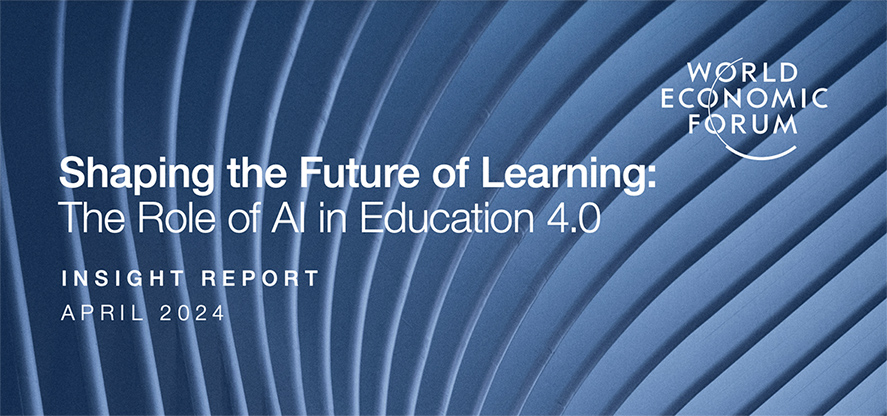
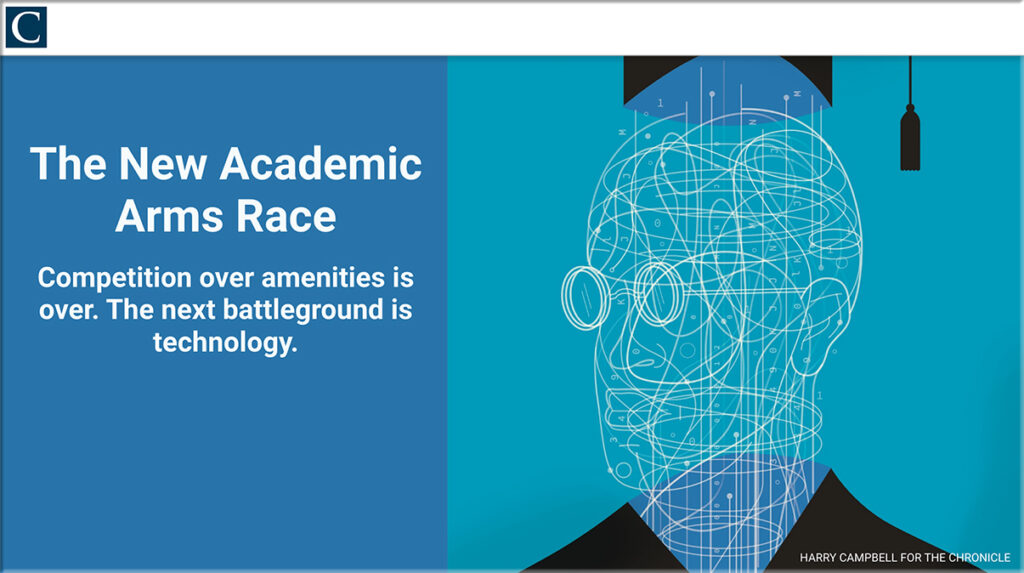


.webp)


